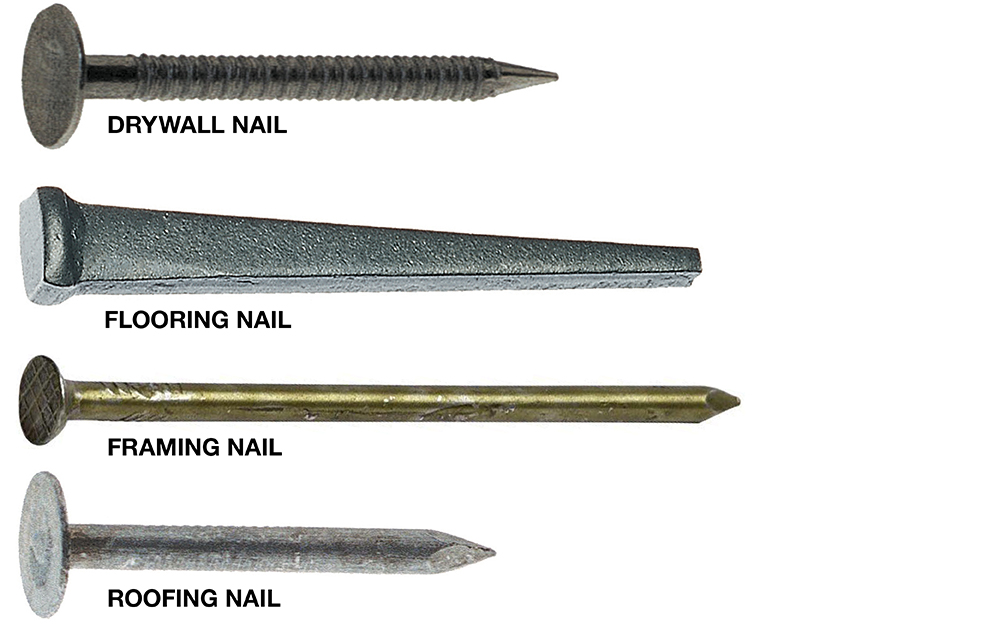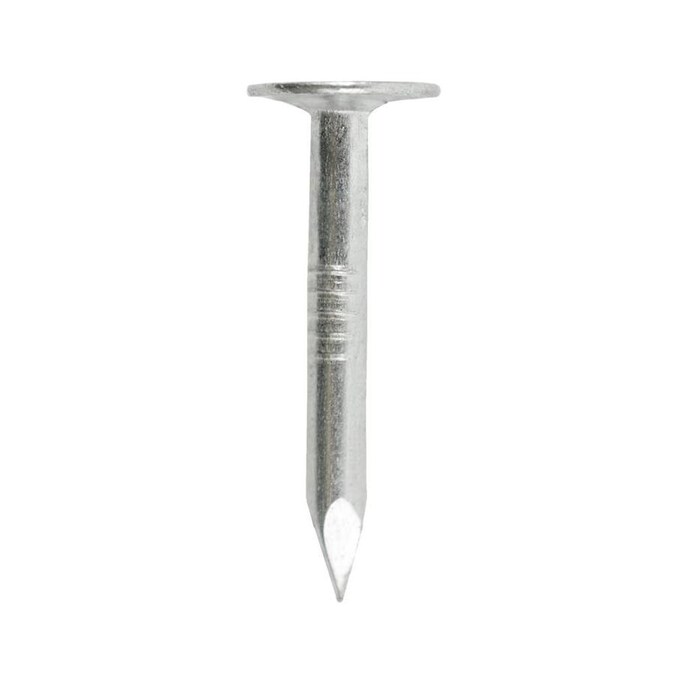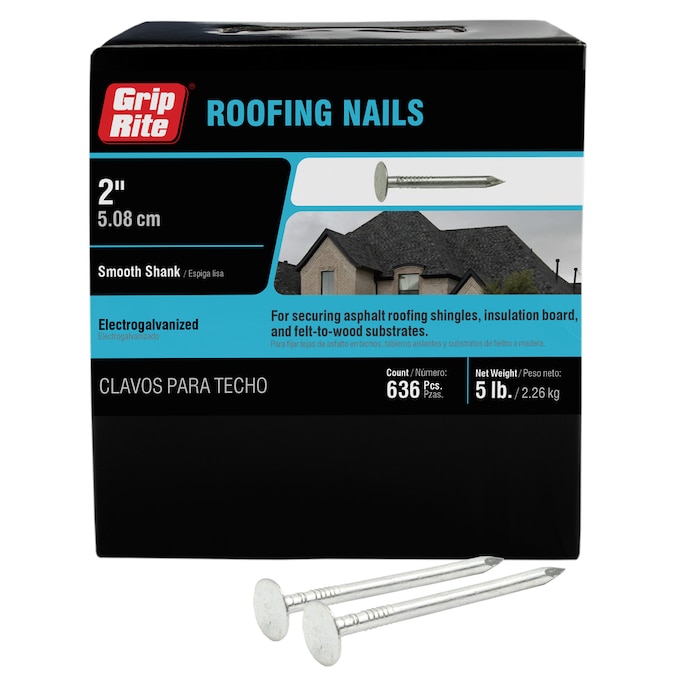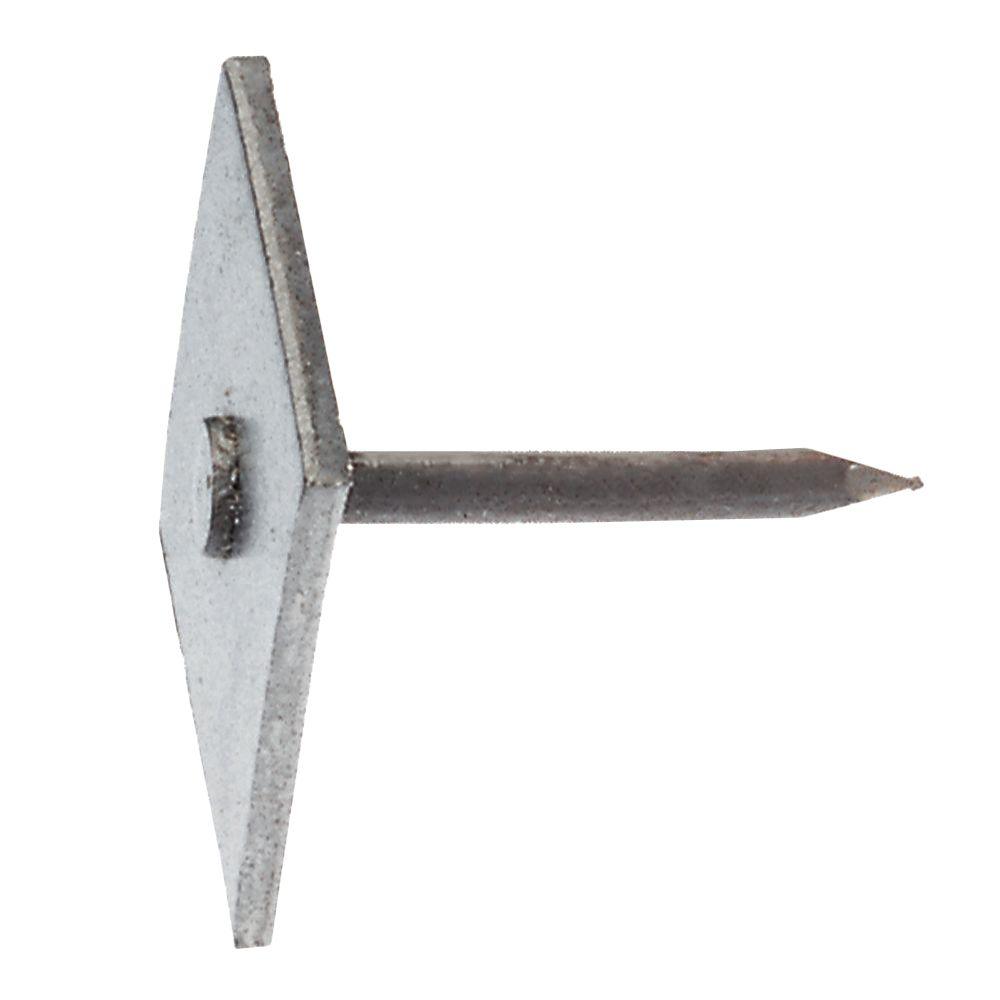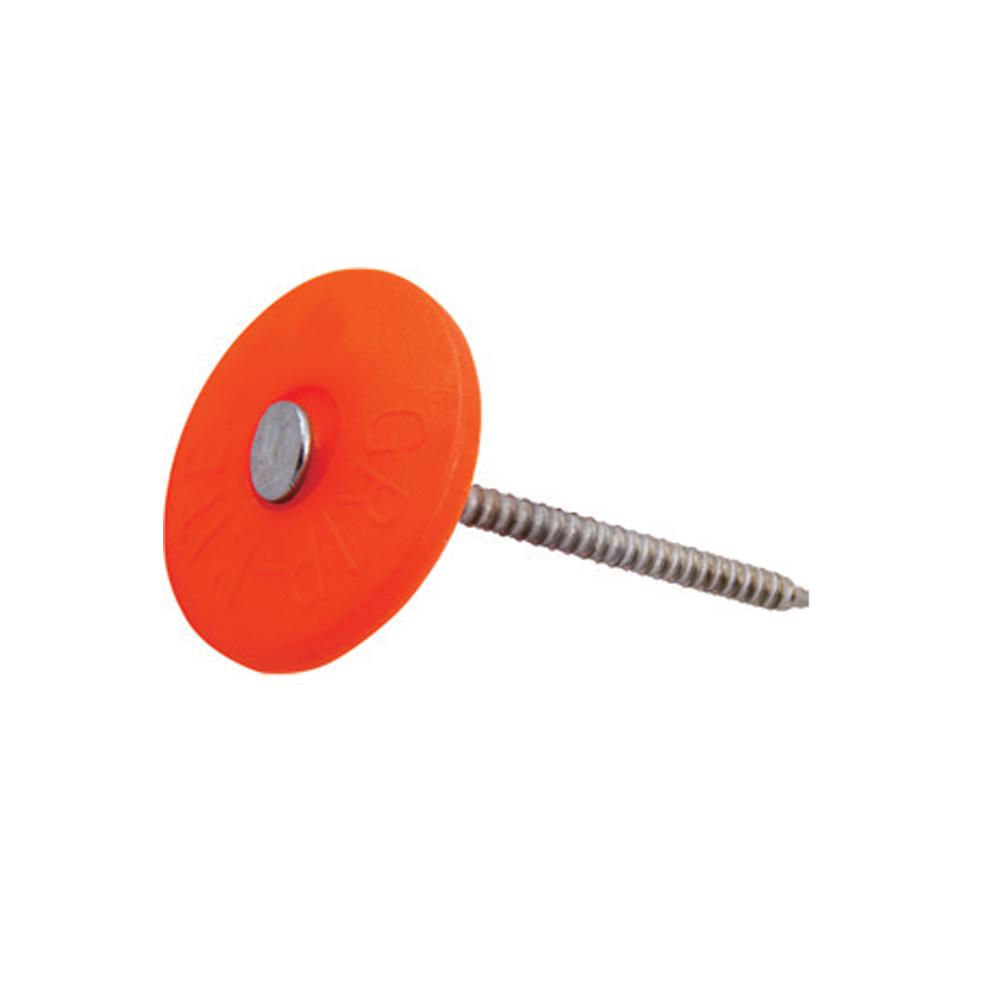I d bet my lunch that you shooting roofing nails and going back and throwing some screws in is more time then a good guy behind a screw gun.
Roofing nails used to secure drywall.
These usually feature a phillips head.
Finishing mud products react better to a phosphate coating but have less adhesion to a galvanized coated product.
Roofing nails are made of galvanized steel to protect them from the elements.
Nail pops caused by protruding nails used to secure drywall on a ceiling.
Drywall nails are one type of ring shank nail used to secure drywall panels to wood framing members.
Proceed at your own risk.
Drywall screws sometimes called sheetrock screws provide a stronger hold but cost a bit more than nails.
Roofing nails are designed to be covered by a thick coat of tar not water soluable.
When hanging drywall on a ceiling supported by the lower chord of roof trusses review the suggestions at truss uplift roof including using clips rather than screws or nails to secure drywall within a few feet of either side of building center partitions that run at right angles to the lower chord of the roof trusses.
Floating ceiling wall floating corner joints.
Drywall nails are disigned to be covered by a thin coat of plaster water soluable.
Coarse drywall screws feature coarse threads to secure gypsum boards to studs.
Self drilling screws and pan head screws can be used with metal studs or frames.
I would not use roofing nails to hang drywall.
Keep fasteners at least 3 4 inches from board edges and 2 inches from corners.
Fine drywall screws feature smaller heads and are used to secure drywall to metal studs.
While these are commonly found in older houses most drywall today is fastened with drywall screws.
Plus don t forget the obvious one drywall has a thickness that most roofing nails do not have to support.


